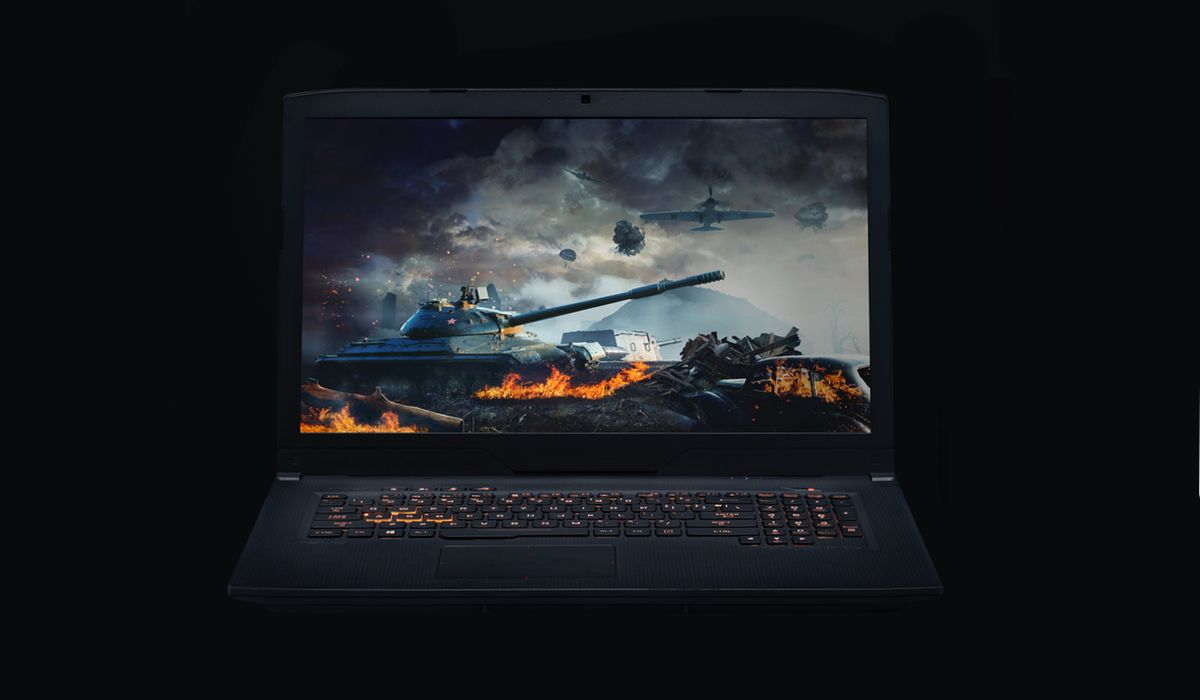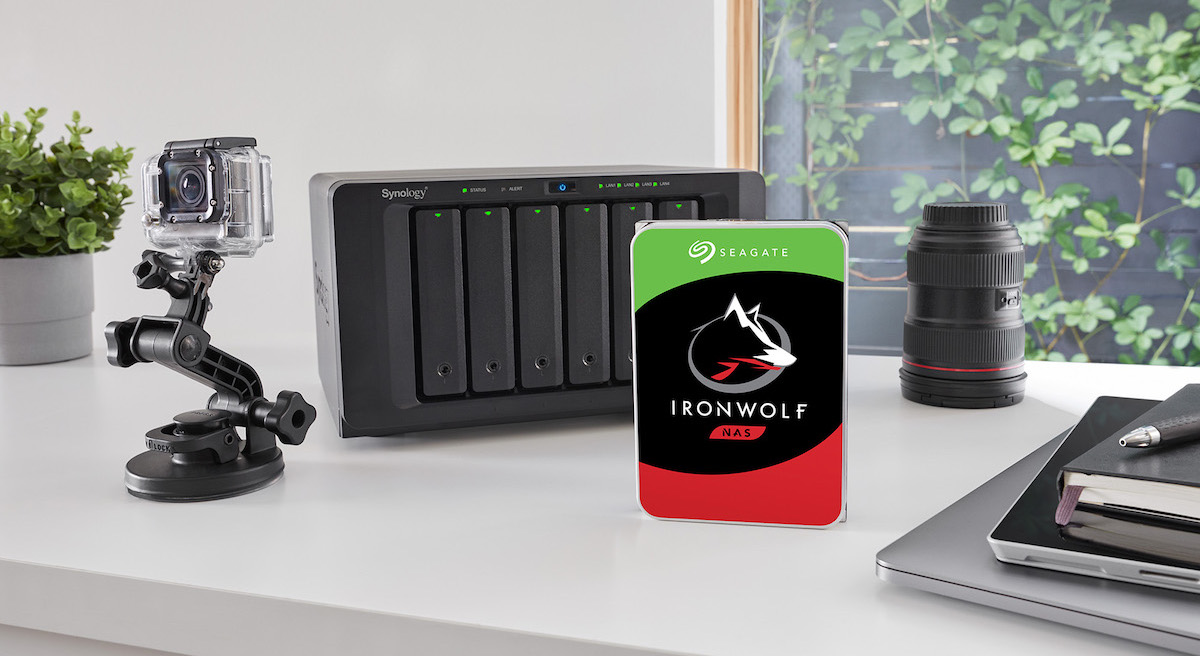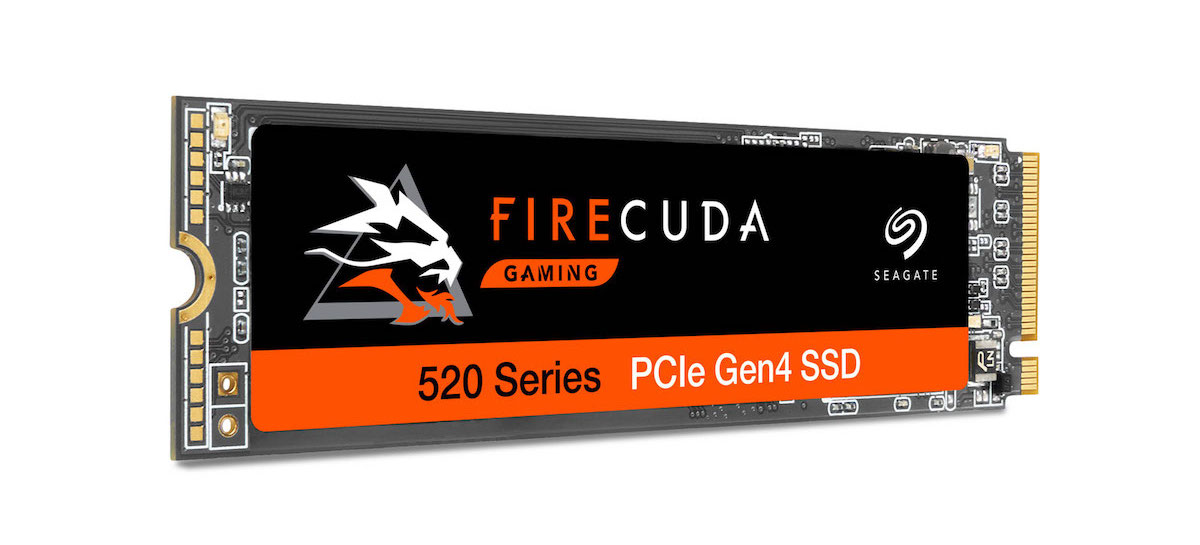From intelligent traffic systems to real-time crime mapping, smart city applications are redefining the urban experience. These deployments are unique in that they acquire, process and store information from multiple sources. In these environments, surveillance cameras and detection technologies such as object recognition, license plate recognition, scenario recognition and video analytics are used to generate insights to improve traffic flow, emergency response, crowd and gridlock mitigation and other municipal operations.
But the question is, how do you manage and gather all of that data? How do you get it delivered on time so that it is relevant? How do you make it easily retrievable months later for further trending and analysis?
All of these questions underscore why it is critical for systems integrators to implement the right data storage architecture and best practices. For starters, systems integrators should design a smart city surveillance system that stores data in multiple layers. If a city deploys 5,000 cameras set up to stream data from each camera to the cloud, there will be substantial latency issues and likely dropped frames. Instead, data should be stored and analyzed at the edge, in the edge gateway and in the backend.
Secondly, it’s important for integrators to choose the right technology partner. An industry leader in surveillance-optimized storage for over 10 years, Seagate enables integrators to deliver reliable storage at every level of the surveillance data flow, making video systems efficient and scalable.
Here are a few other data storage best practices for smart city applications.
1. Data Processing – The proliferation of IoT devices and smart surveillance cameras have placed a greater stress on storage solutions. Not only must they be able to record, process and analyze video and metadata, but they also need to be able to do this around the clock. For smart city applications relying on deep learning, deploy a system using surveillance- and AI-optimized hard drives tuned for 24/7 workloads with superior read and write capabilities. Seagate’s SkyHawk AI drive is an excellent option.
2. Data Management – Ensure your NVR system is functioning optimally at all times by using embedded drive monitoring software such as SkyHawk Health Management (SHM). The value of SHM is that it monitors operating conditions and recommends preventive actions in real time—such as temperature or vibration control—to limit deterioration and drive failure. Implementing this software enables users to maximize drive health and workload performance, which results in more efficient surveillance solutions that deliver better data insights to improve city operations.
3. Data Preservation – Be prepared for unexpected events that may cause drive failure by subscribing to data rescue programs such as the Seagate® Rescue Data Recovery Service. Seagate’s plans protect individual hard drives in case of data loss, and can provide data recovery for either 2 or 3 years. These services can be especially helpful for law enforcement working on long-term criminal investigations or other public safety personnel who require data to be stored and preserved for lengthy periods.
4. Data Protection – When designing a system that involves the recording and processing of data, integrators must consider cybersecurity measures. Many security personnel think about hackers tapping into the network through default passwords on cameras and accessing confidential information. However, data can also be stolen from the hard drive itself due to improper disposal. Fortunately, Seagate offers tools to mitigate these risks. Through its Seagate Secure™ portfolio, Seagate offers hardware-based encryption as well as secure ways to erase data on drives that have reached end of life. These features provide peace of mind for both integrators and government officials looking to avoid the costly consequences of a breach.







